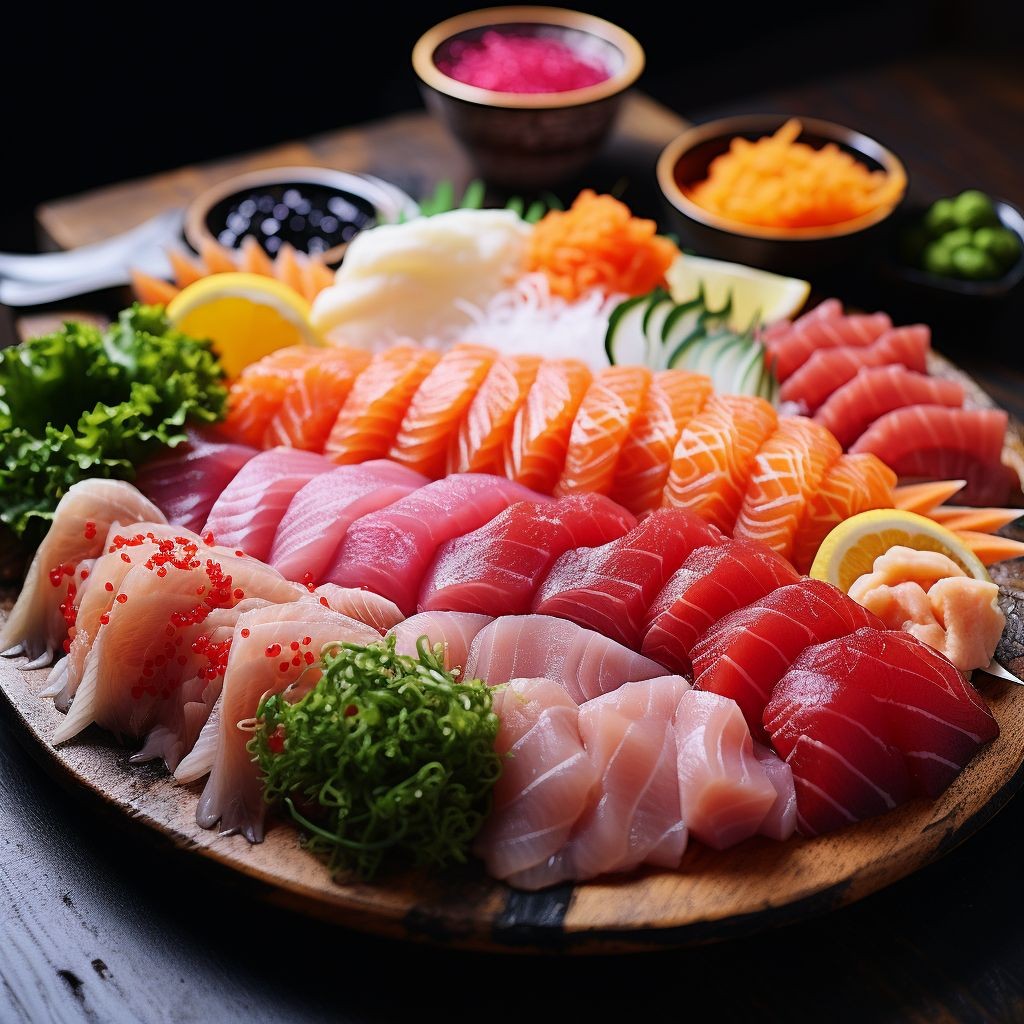
Why Japanese Sushi Is More Than Just Food — It’s Culture
LoveFoodReadyMeals – When most people think of Japanese cuisine, sushi is often the first dish that comes to mind. Colorful, delicate, and often beautifully presented, sushi has captured global attention not just as a meal, but as an experience. Yet in Japan, sushi is far more than raw fish served on rice. It represents centuries of history, cultural values, and traditions that continue to shape how it is prepared and enjoyed today.
A Brief History of Sushi
Sushi’s origins go back more than a thousand years. The earliest form, called narezushi, was a way to preserve fish by fermenting it with rice. Over time, Japanese culinary practices evolved, and by the Edo period (1603–1868), sushi began to resemble what we know today — fresh fish paired with vinegared rice, sold by street vendors for quick consumption.
What began as fast food in Edo (modern Tokyo) slowly transformed into a refined culinary art. Today, sushi chefs spend years — even decades — mastering the balance of flavors, knife techniques, and presentation.
“Read More : Death Toll from 6.9 Magnitude Earthquake in the Philippines Rises to 19”
Sushi as an Expression of Harmony
At its core, sushi reflects the Japanese philosophy of harmony between nature and people. Every element, from the texture of the rice to the cut of the fish, embodies the principle of balance. The seasonal selection of ingredients also highlights Japan’s deep respect for nature and its cycles.
For example, tuna served in winter tastes different from tuna served in summer, and a skilled sushi chef will use this knowledge to guide their menu. In Japan, this is not just food — it’s a celebration of the seasons and an acknowledgment of nature’s role in daily life.
The Omakase Tradition
One of the most unique aspects of sushi culture is omakase, which translates to “I leave it up to you.” In this dining style, the customer places full trust in the chef to select the dishes. It’s a cultural exchange — the chef demonstrates their craft and creativity, while the guest experiences sushi as an evolving journey, bite by bite.
This interaction embodies the Japanese value of respect, humility, and connection. It shows that sushi is not just about eating, but about building trust and appreciating artistry.
“Read More : The Best Diet Foods for Managing Blood Sugar Levels”
Beyond the Food: Etiquette and Ritual
Japanese sushi culture also extends to etiquette. How you eat sushi matters. Traditionally, sushi can be eaten with the hands, and dipping it in soy sauce should be done lightly to avoid overpowering the delicate flavors. Ginger is eaten between bites as a palate cleanser, not as a topping.
These customs highlight that sushi is not only about taste, but also about mindfulness and respect for the craft.
Sushi as a Global Ambassador
In the last few decades, sushi has spread worldwide, becoming a symbol of Japan’s cultural identity. While creative adaptations like California rolls and sushi burritos have emerged, authentic sushi restaurants still emphasize tradition and craftsmanship. For many people abroad, sushi is their first introduction to Japanese culture, making it an ambassador that connects nations through food.